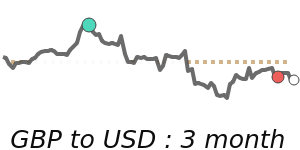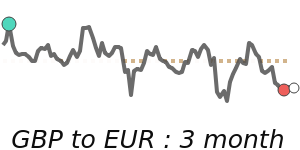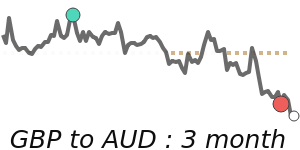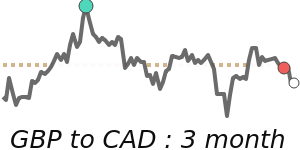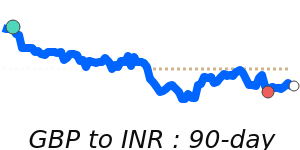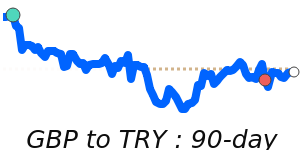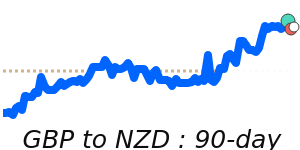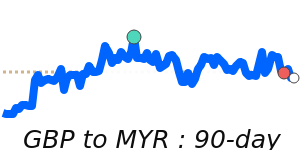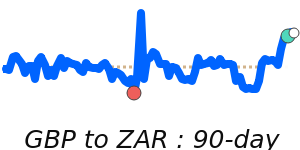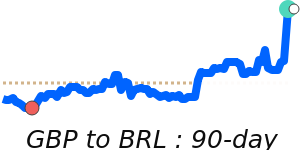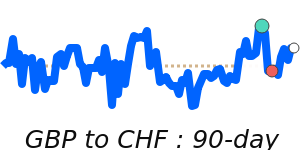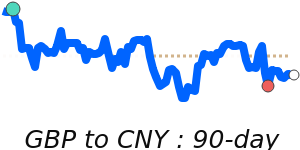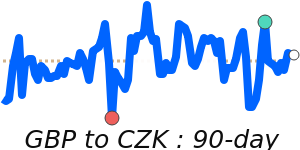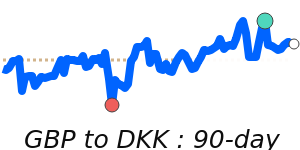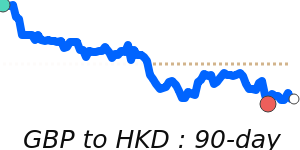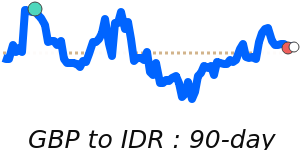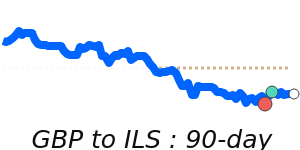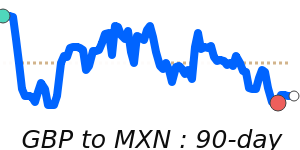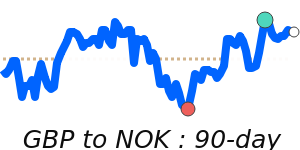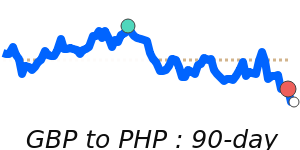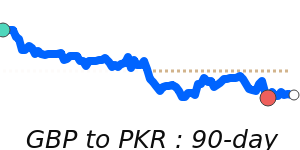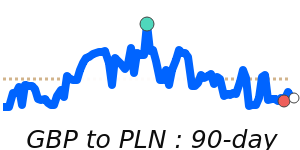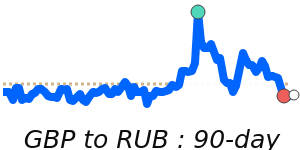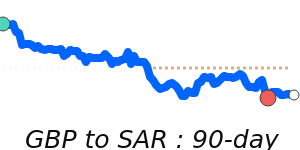The British pound (GBP) remains under pressure as it deals with significant budget jitters and heightened concerns around fiscal stability. Recent analyses highlight that the pound has been trading within a narrow range, largely influenced by uncertainty surrounding the UK's upcoming autumn budget scheduled for November 26. Analysts express apprehension regarding potential tax hikes and anticipated interest rate cuts from the Bank of England (BoE), which have collectively dampened investor sentiment and resulted in the pound hitting multi-month lows.
As of now, GBP to USD is quoted at 1.3080, which marks a 2.1% decline from its three-month average of 1.3366, underscoring a trend of weakening. The pound has recently traded within a stable range of 1.3019 to 1.3646, reflecting the market's cautious approach as expectations shift towards potential rate cuts by the BoE. Conversely, GBP to EUR stands at 1.1343, slightly below its three-month average of 1.1466, also indicative of currency struggles amidst fiscal uncertainty, with a tight trading range of 1.1322 to 1.1579.
Conversely, GBP to JPY has shown resilience, currently resting at near 90-day highs near 206.0, which is 2.3% above its three-month average of 201.3, demonstrating a more robust performance in this pair despite the overarching weakness against other major currencies.
The outlook for the pound suggests continued volatility, especially with economic indicators such as PMIs and retail sales expected to hinder recovery. Analysts warn that without a clear resolution to the current budget uncertainties and better economic data, the pound may struggle to regain stability in the near term.
